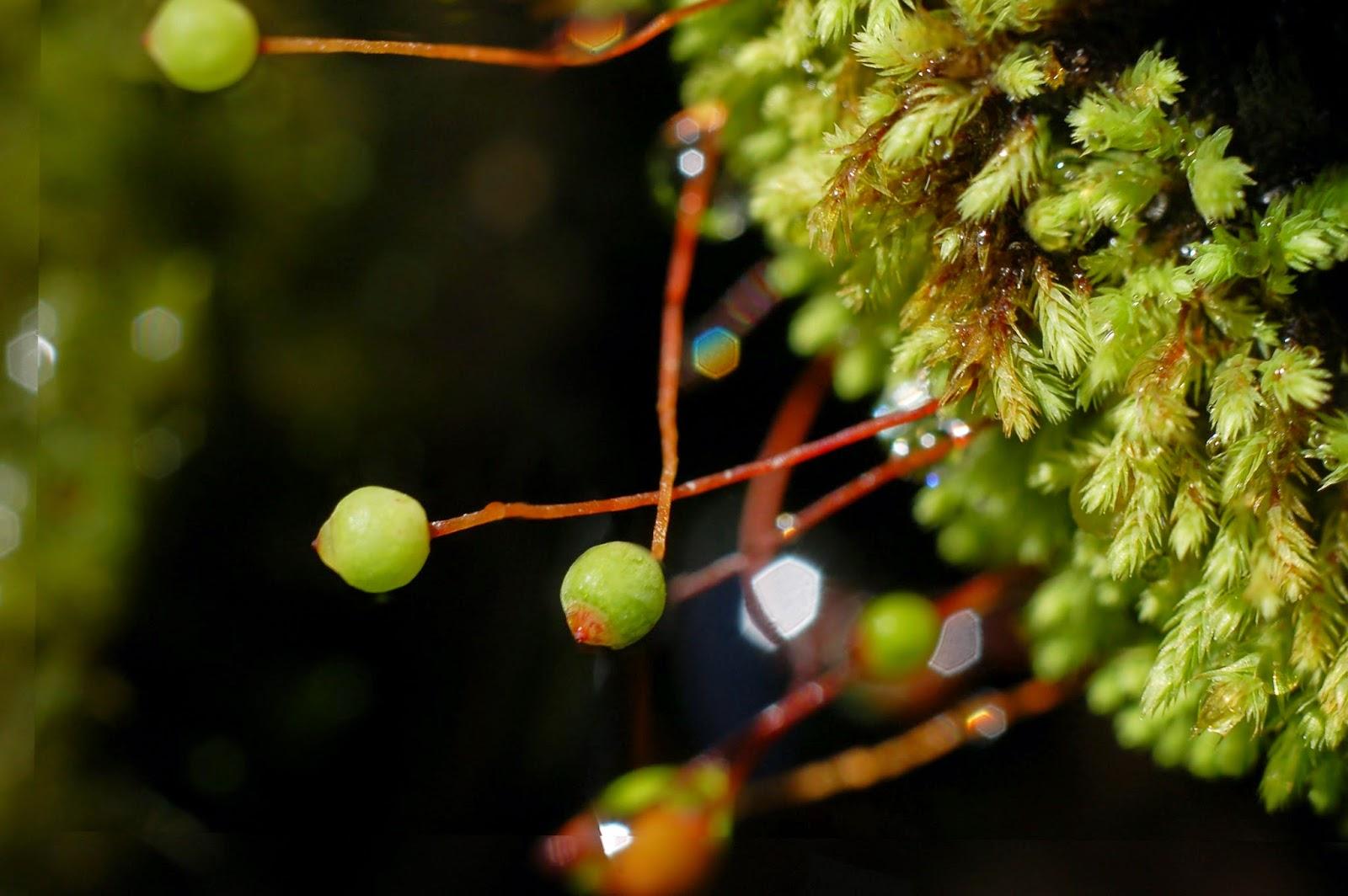
2015-04-02%2Busf%2Bbg%2B(5).jpg from: https://botanyprofessor.blogspot.com/2015/04/mosses-of-central-florida-13-philonotis.html
Philonotis longiseta: The Fascinating Moss of the Bartramiaceae Family
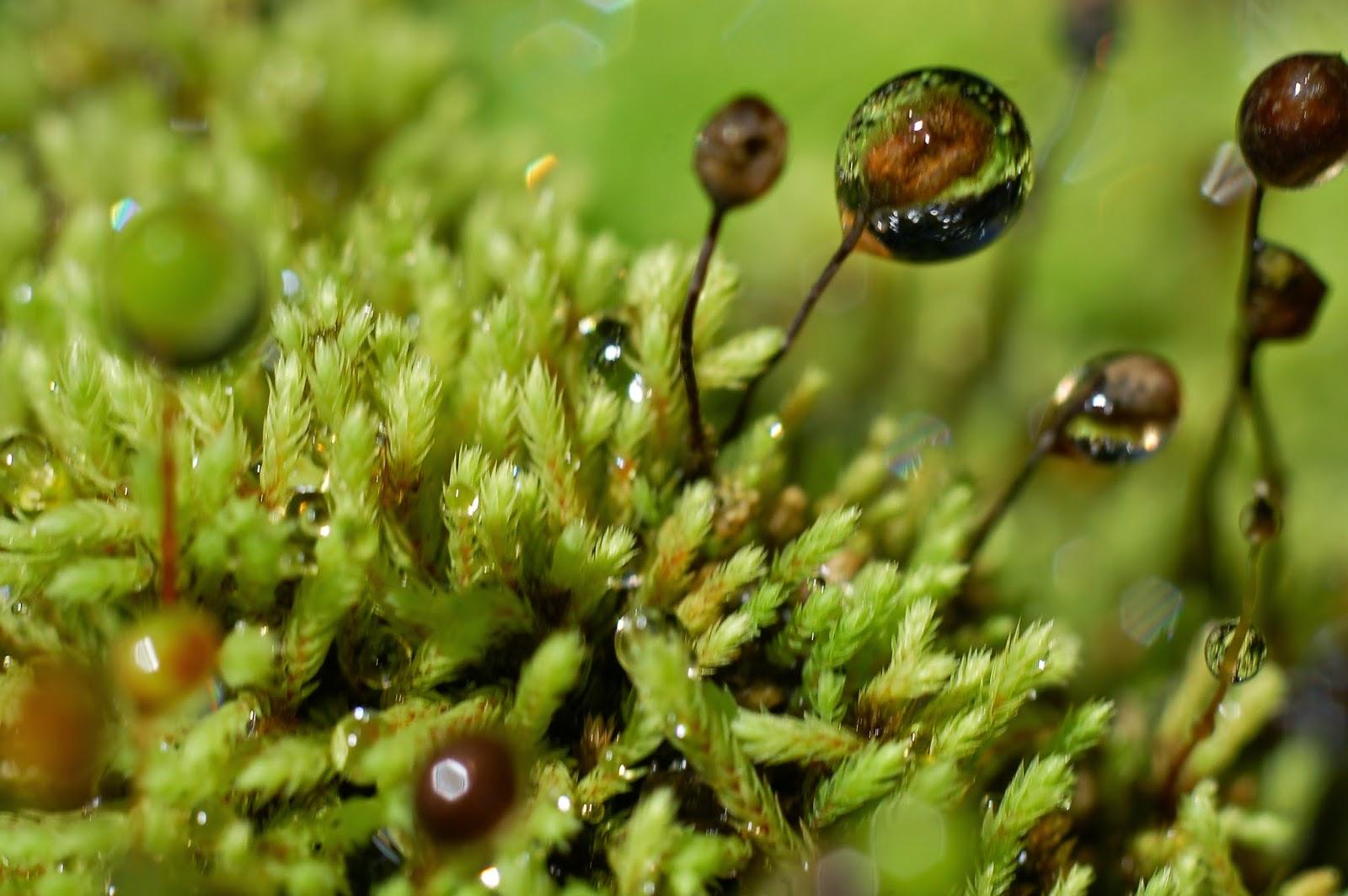
2015-04-02%2BUSF%2BBG%2B(4).JPG from: https://onlinebotanystudy.blogspot.com/2015/04/mosses-of-central-florida-13-philonotis.html
Introduction
Mosses may be small, but they play a big role in many ecosystems around the world. One particularly interesting moss is Philonotis longiseta (Michx.) E.Britton, also known simply as Philonotis. This unique moss of the Bartramiaceae family has some fascinating characteristics. Let’s take a closer look at this tiny but mighty plant!
Background on Mosses
Mosses are small, non-vascular plants in the division Bryophyta
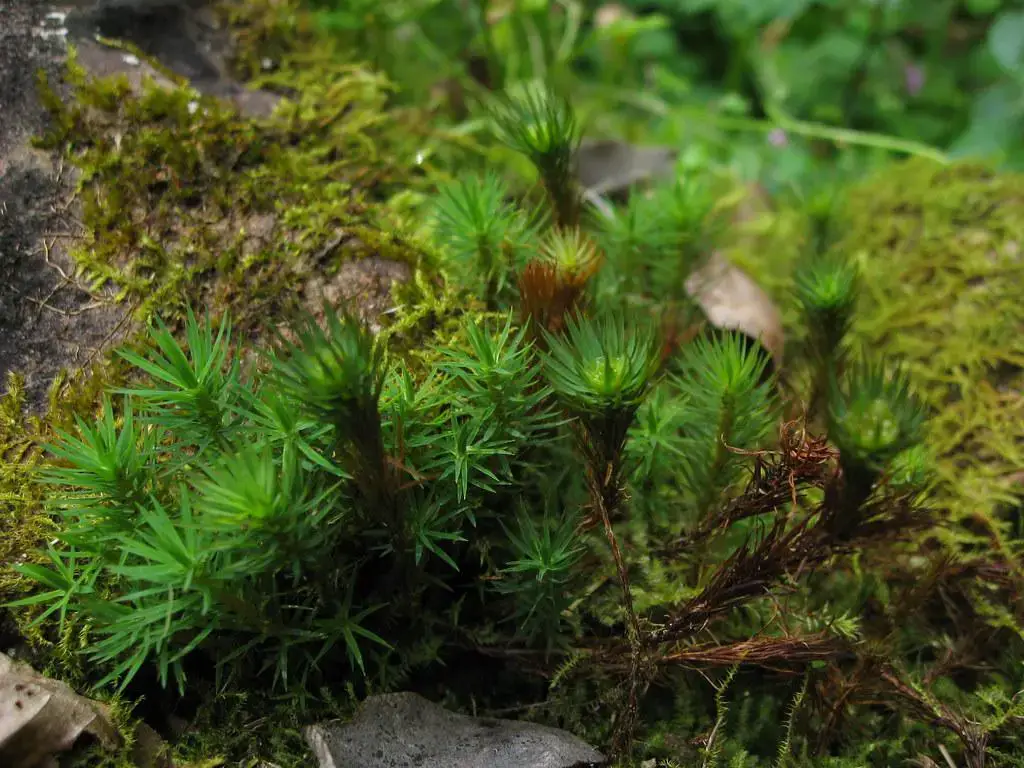
4999143903_79b540948c_b.jpg from: https://www.flickr.com/photos/imbala/4999143903/
. Unlike other plants, they lack true roots, stems, and leaves. Instead, they have leaf-like structures called phyllids. Mosses reproduce via spores rather than seeds and are found in moist environments worldwide.
Morphology and Identification
Philonotis longiseta forms loose tufts or mats. Its stems are red to reddish-brown and can reach 2-8 cm tall. The lanceolate leaves have toothed margins and a strong midrib
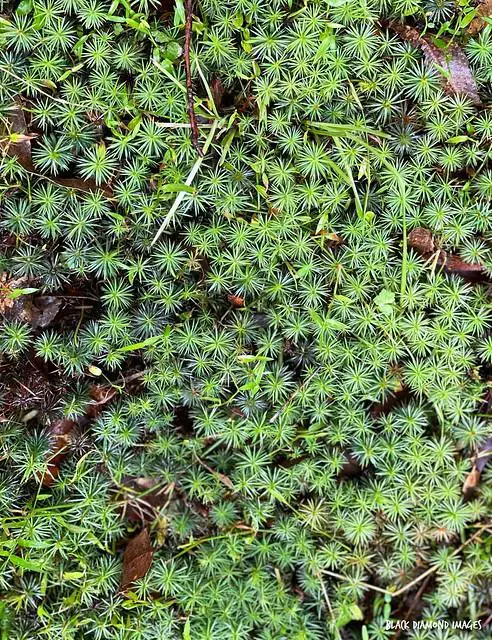
50991662742_32dbbd3f1c_z.jpg from: https://flickriver.com/photos/blackdiamondimages/50991662742/
. The seta (stalk supporting the capsule) is very long, reaching 2-5 cm. Capsules are globose and furrowed when dry.
Global Distribution and Habitat
This moss has a wide distribution
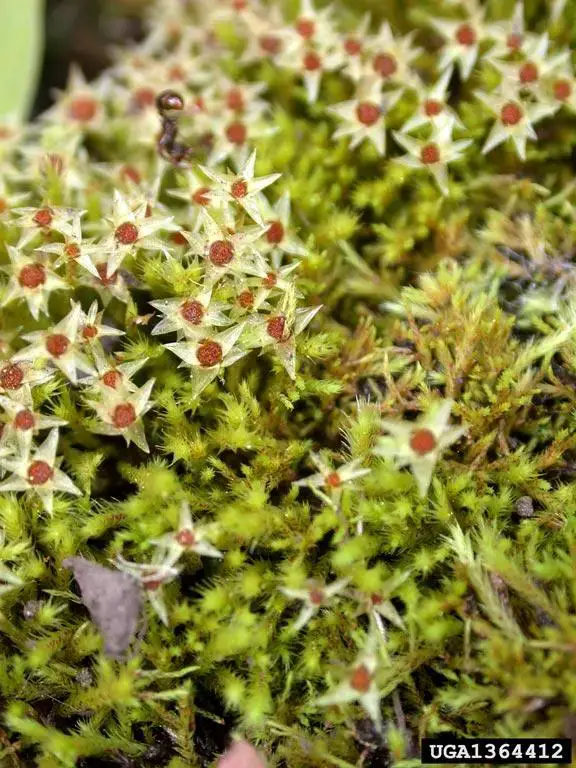
1364412.jpg from: https://www.forestryimages.org/browse/detail.cfm?imgnum=1364412
, found in
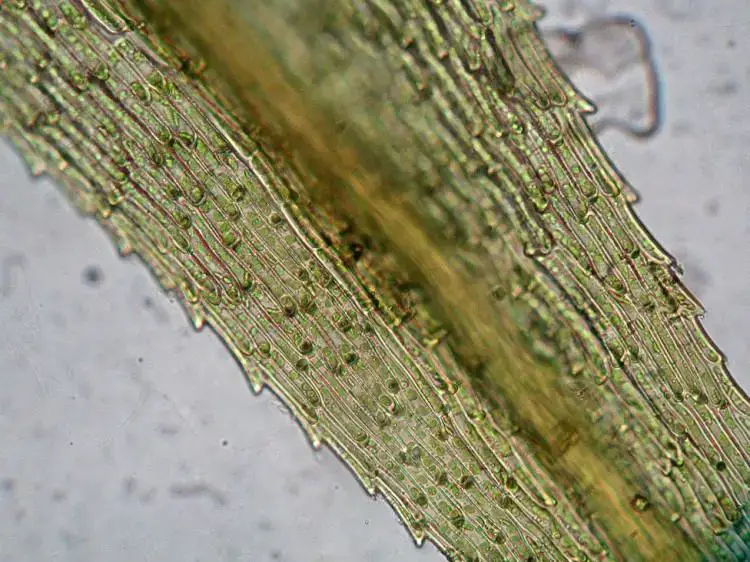
Philonotis-marchica-3-750×562.jpg from: https://ohiomosslichen.org/moss-philonotis-marchica/
North America, Central America, South America, Europe, Asia, Africa, and Australia/New Zealand. It grows on damp soil, rocks, or rotten logs in forests, along streams, near waterfalls, and in other humid areas from lowlands to 3000 m elevation.
Ecological Roles and Adaptations
Like other mosses, Philonotis longiseta plays important ecological roles:
- Helps retain moisture and prevent erosion
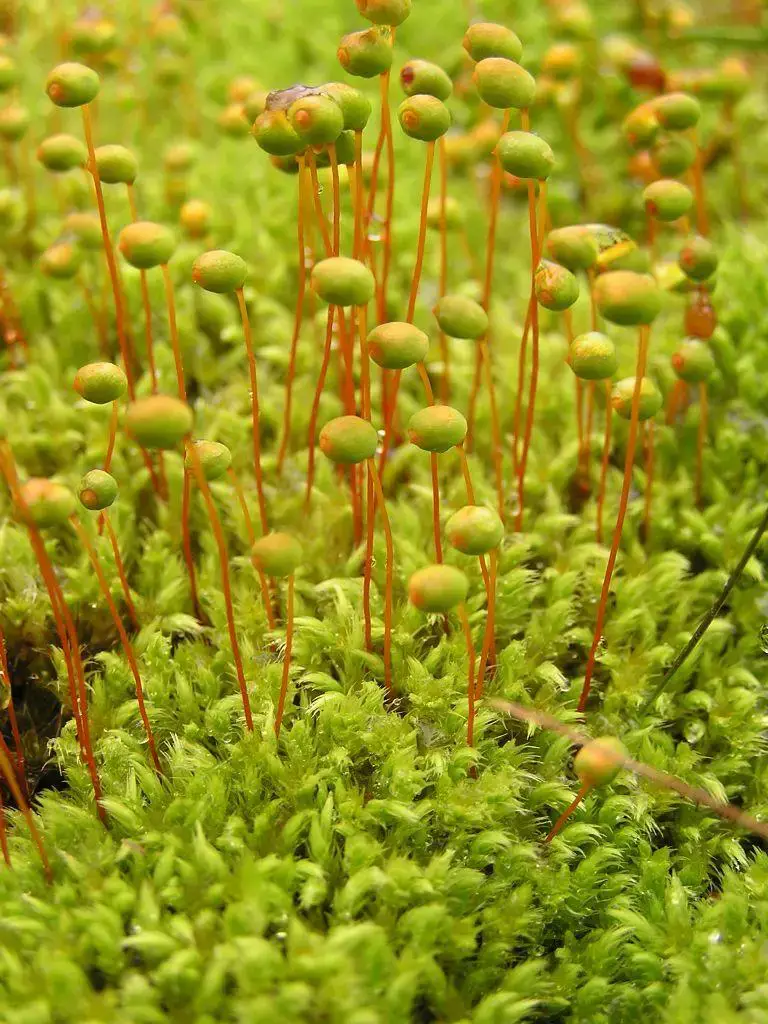
Philonotis%2Bcalcarea.jpg from: http://taxondiversity.fieldofscience.com/2017/12/philonotis-subgenus-eu-philonotis.html
- Provides habitat/food for micro-organisms and insects
- Pioneers on disturbed soils, enabling succession
Its long seta likely helps disperse spores further in its moist, forested habitats. The furrowed capsules may aid in spore dispersal as they dry and contract.
In Summary
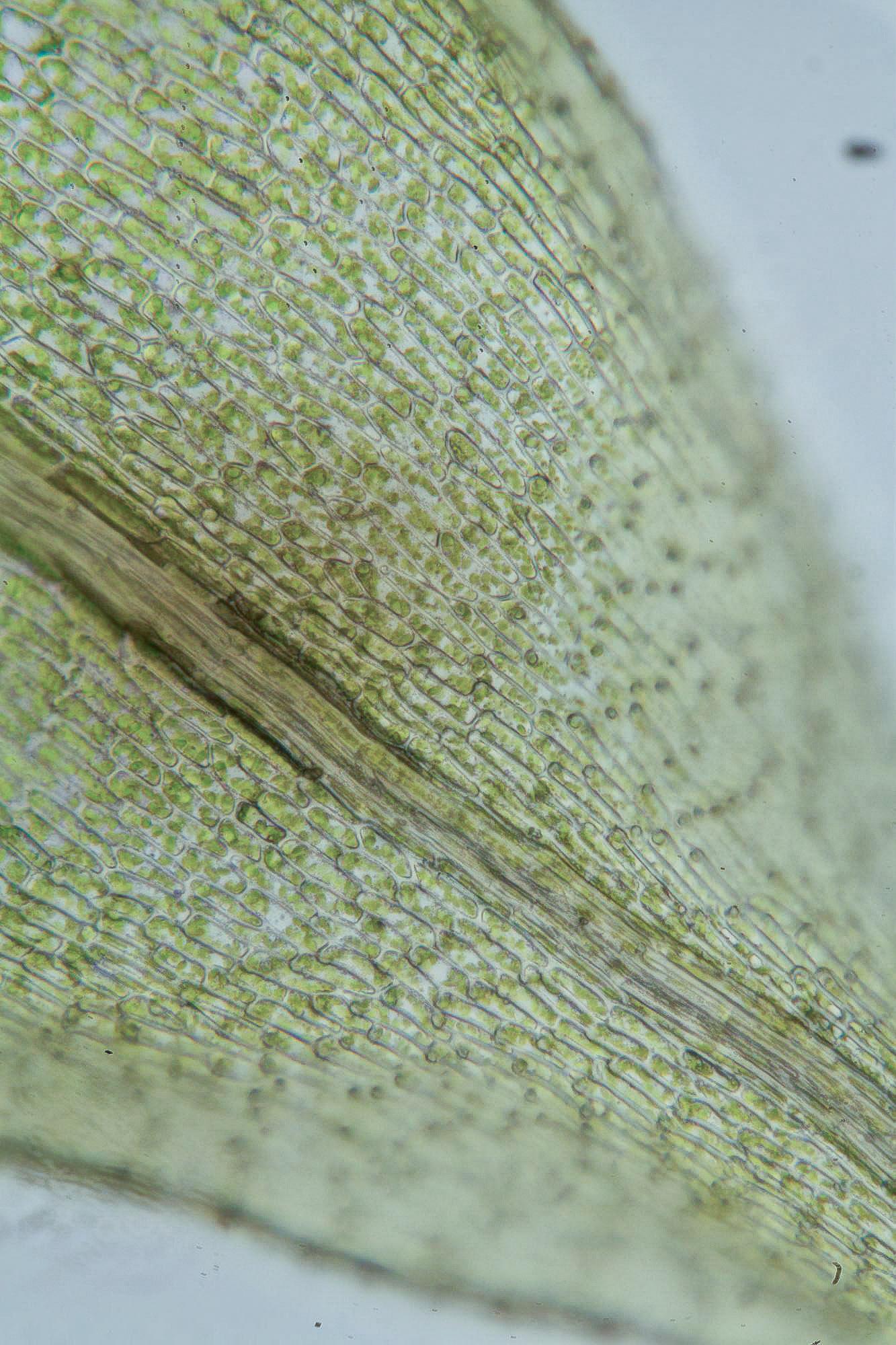
Philonotis-fontana-2.jpg from: https://ohiomosslichen.org/moss-philonotis-fontana/
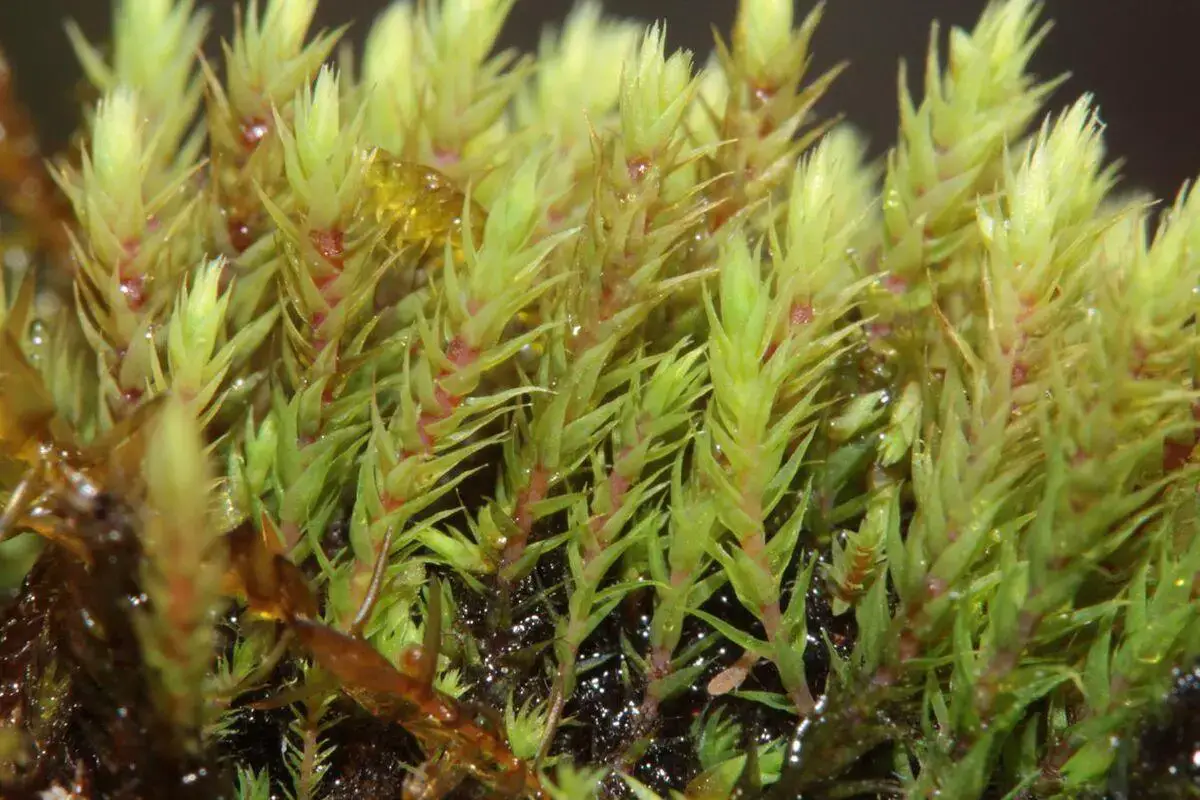
1200px-Philonotis_caespitosa_(a%2C_144147-475530)_8355.JPG from: https://handwiki.org/wiki/File:Philonotis_caespitosa_(a,_144147-475530)_8355.JPG
| Characteristic | Description |
|---|---|
| Family | Bartramiaceae |
| Genus | Philonotis |
Species
 Philonotis_fontana_600.jpeg from: https://sagebud.com/philonotis-moss-philonotis-fontana |
P. longiseta |
| Authority | (Michx.) E.Britton |
| Class | Bryopsida |
| Height | 2-8 cm |
| Leaf shape | Lanceolate |
| Leaf margin | Toothed |
| Seta length | 2-5 cm |
| Capsule shape | Globose, furrowed when dry |
| Habitat | Damp soils and rocks in humid forests |
| Distribution | Widespread globally |
Conclusion
Philonotis longiseta may be a small moss, but it has a big story to tell, from its distinct morphology to its widespread distribution and ecological importance. Next time you’re in the woods, take a moment to appreciate the miniature world of mosses at your feet. What other mighty mosses might you discover?